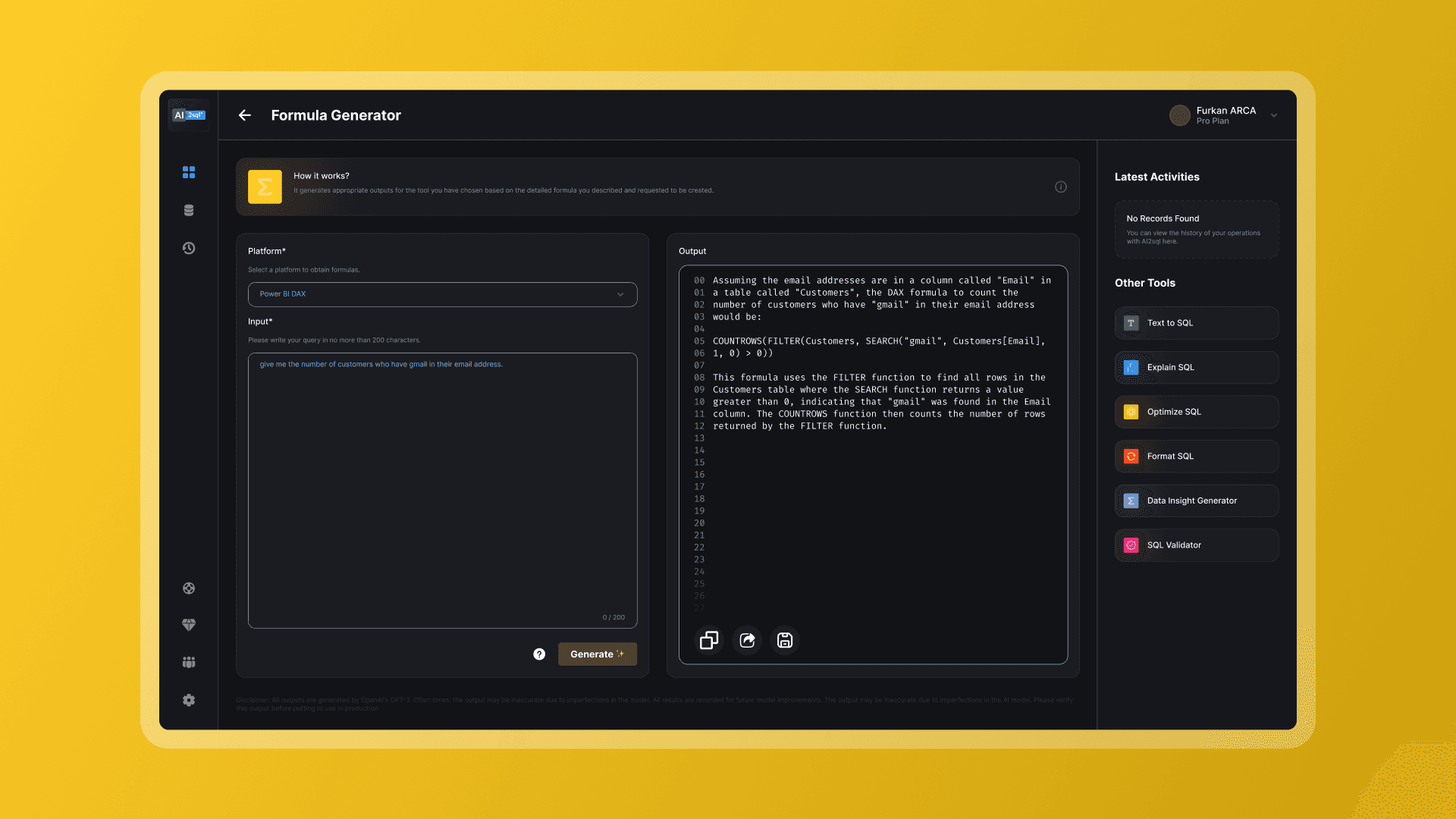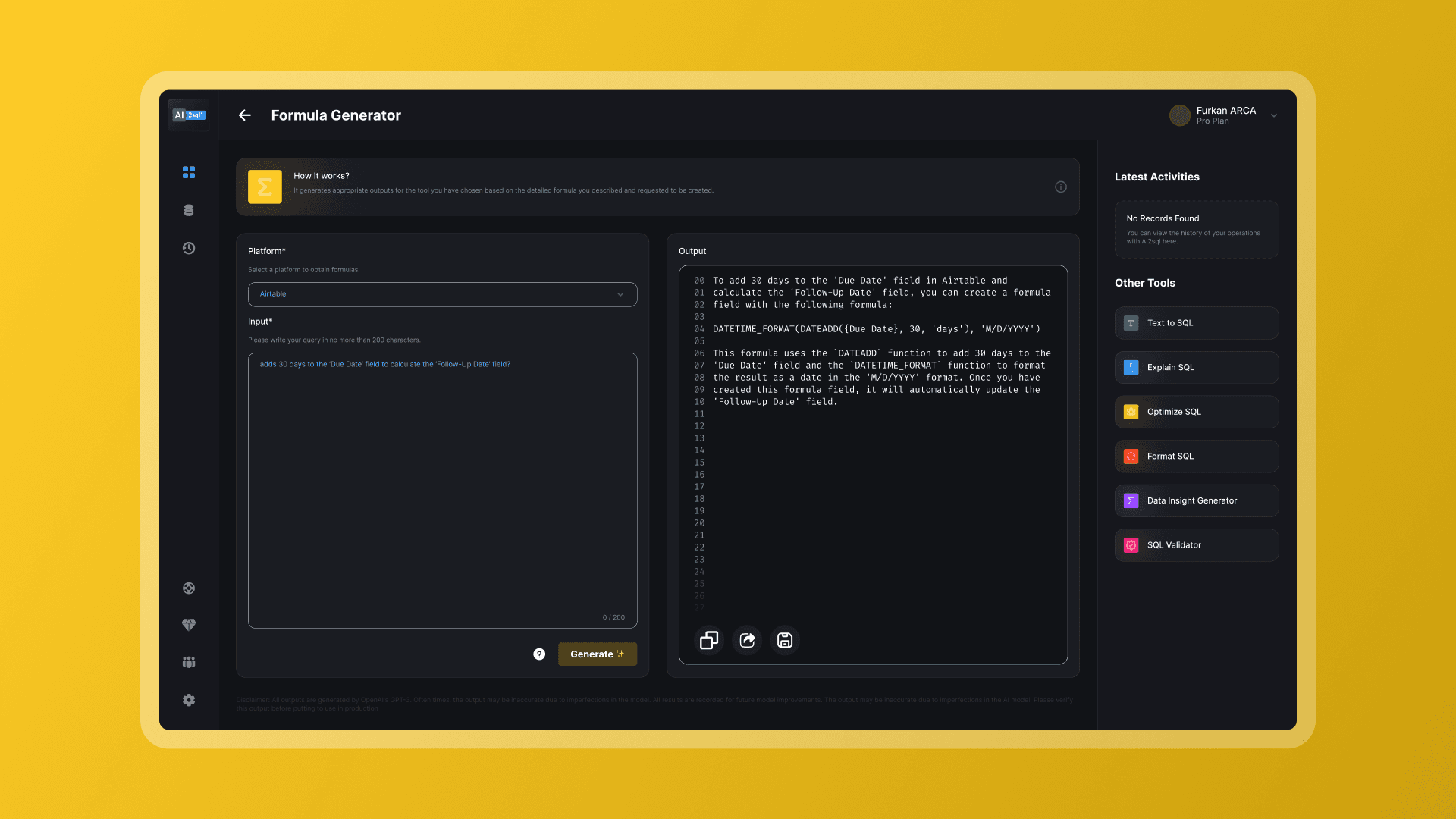TIPS
In today's world, the ability to work with and manipulate data is an essential skill. One of the most powerful tools for handling this type of work is SQL, a language that is specifically designed for managing data held in a relational database management system. Within SQL, specific operators allow for greater complexity and control over queries and data analysis. One such operator is the Not Equal operator, which checks the inequality between two values, and that forms the basis of our discussion today.
How to use the not equal operator in SQL?
The SQL Not Equal operator, symbolized by '<>' or '!=', is designed to compare expressions and return a Boolean result to indicate whether the expressions are not equal. This operator comes in handy when filtering records that do not meet specific conditions in a WHERE clause. For instance, to filter results using the Not Equal operator, you would use the <> or != symbols in your WHERE clause.
A simple example of this would be a query to select records where a column's value does not match a specific value. Such a query would be formed in the following manner:
SELECT column1, column2 FROM table_name WHERE column_name <> 'value';
To use this query, you would have to replace 'column1', 'column2', 'table_name', and 'column_name' with the names of your specific columns and table. The WHERE clause is responsible for filtering out the records where the specified column's value is not equal to the value that you provide.
What are some common use cases for the not equal operator in SQL?
The Not Equal operator facilitates effective data analysis and manipulation in SQL by allowing users to refine their queries and filter data based on specific conditions. Let's have a look at some common use cases:
Filtering Records: Naturally, the Not Equal operator is primarily used in WHERE clauses to filter records that fail to meet certain conditions. Say you want to fetch all records except those having a certain value; you could use this operator to exclude specific customers or products from your query.
Excluding Values: This operator proves handy in excluding specific values from your query results. For instance, you can use the Not Equal operator to leave out certain product IDs, names, or any other criteria from your output.
Setting Multiple Conditions: The Not Equal operator can also be used to specify multiple conditions in a WHERE clause, thereby excluding any rows that meet those conditions. This enhanced filtering capability lets you refine your queries even further.
Data Analysis: In data analysis, the Not Equal operator in SQL is crucial for working with records that do not match specific criteria. This gives you the flexibility to query databases and extract relevant information more effectively.
Combining with Group By: Another useful application of the Not Equal operator is in tandem with the SQL Group By clause to perform various functions on data while excluding certain values. This is useful for summarizing data based on desired conditions.
How to use the not equal operator with subqueries in SQL?
To use the Not Equal operator with subqueries in SQL, you can apply it within the WHERE clause to filter records that do not meet certain criteria. For instance: SELECT column1, column2 FROM table_name WHERE column_name <> (SELECT subquery_column FROM subquery_table WHERE condition);
You would replace 'column1', 'column2', 'table_name', and 'column_name' with your specific column and table names, adjust the subquery to select the desired column ('subquery_column') from the subquery table and apply desired conditions.
How to use the not equal operator with aggregate functions in SQL?
Now, to use the Not Equal operator with aggregate functions in SQL, you can incorporate it within queries involving aggregating data. This would let you filter the aggregated results based on the inequality conditions. For instance: SELECT column1, aggregate_function(column2) FROM table_name GROUP BY column1 HAVING aggregate_function(column2) <> value;
Replace 'column1', 'column2', 'aggregate_function', and 'table_name' with your specific column names, aggregate function (like COUNT, SUM, AVG, MAX, MIN, etc.), and table name. By grouping results and filtering aggregated results based on the condition specified with the Not Equal operator, you can generate more refined queries.
In conclusion, the Not Equal operator in SQL is a versatile and powerful tool that, when used properly, allows for more effective data manipulation and analysis. By correctly employing this operator, you can truly unlock the potential of your relational database management system.
However, if the intricacies of SQL writing seem overwhelming, there's a perfect solution to it. AI2SQL easily converts text into SQL, freeing up your valuable time for deeper data exploration and analysis. Allow AI2SQL to be your guide in this data-driven world.






